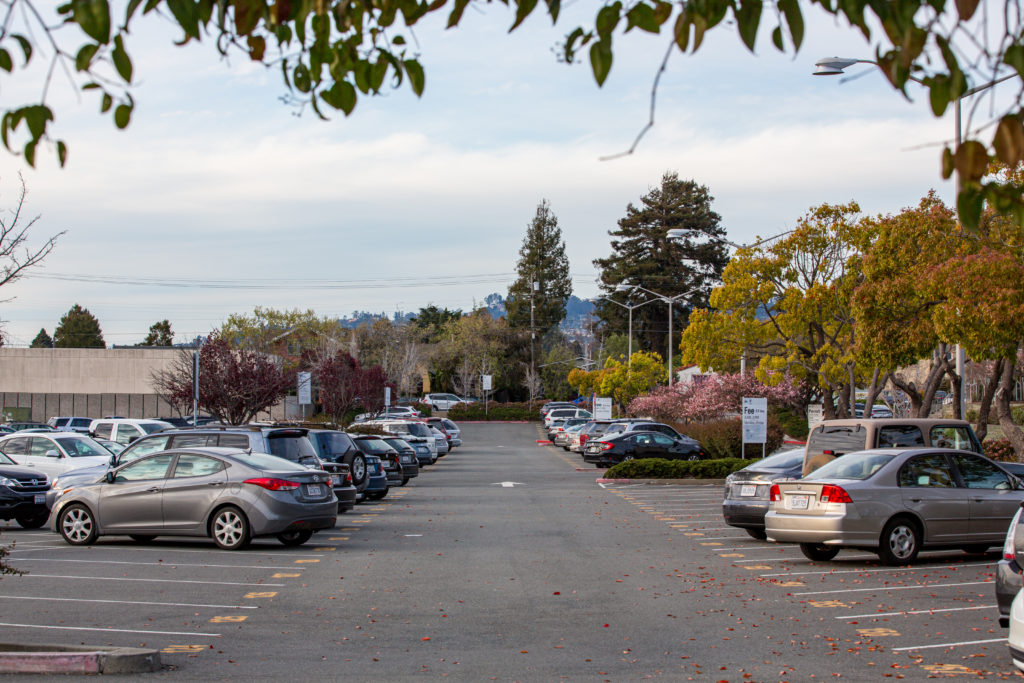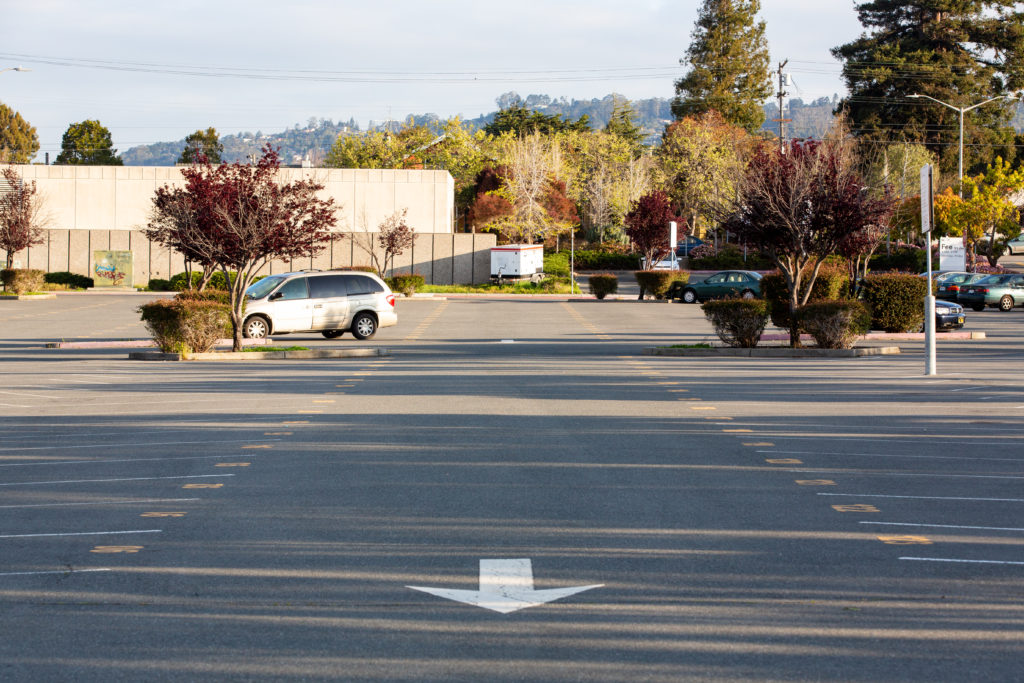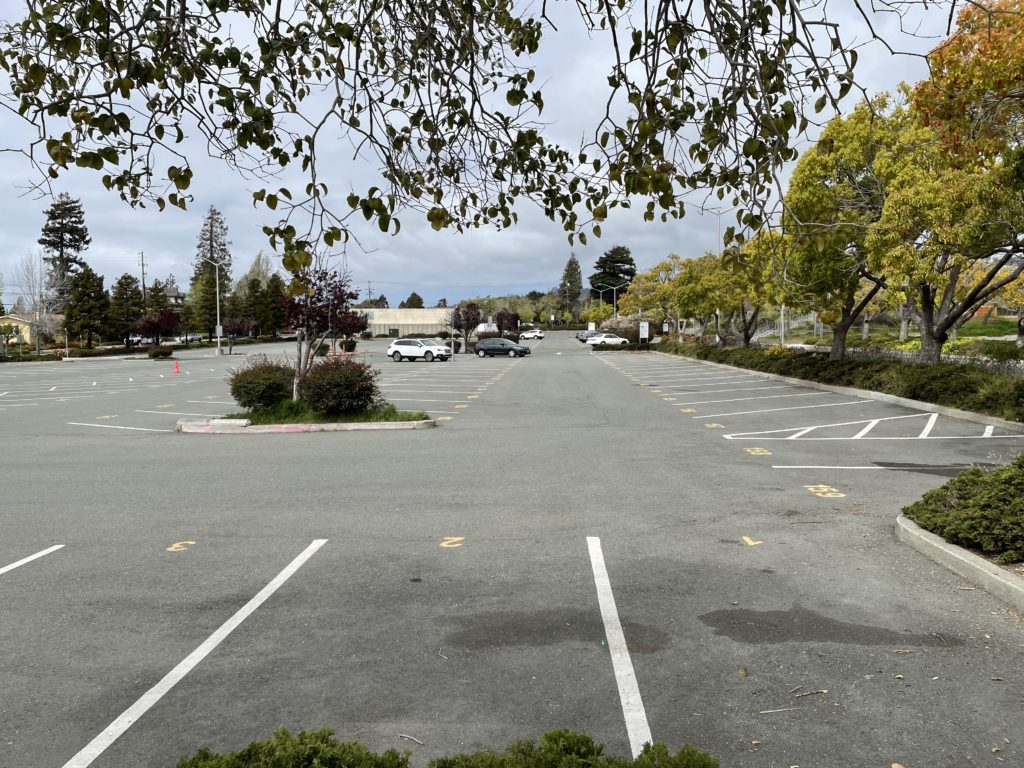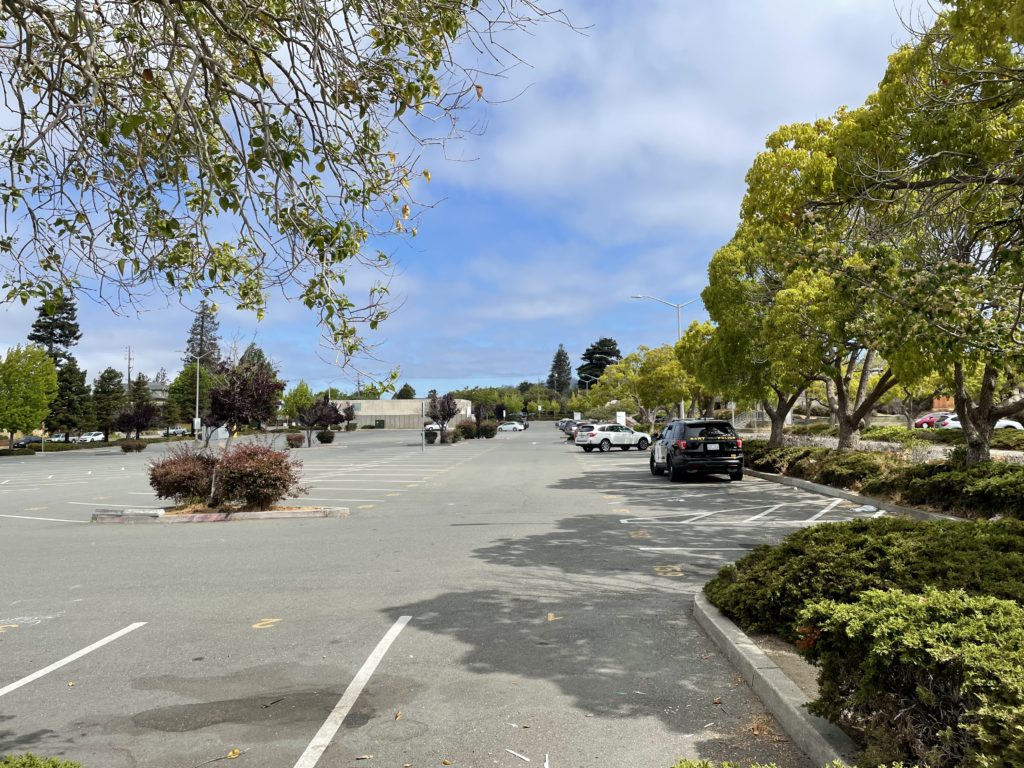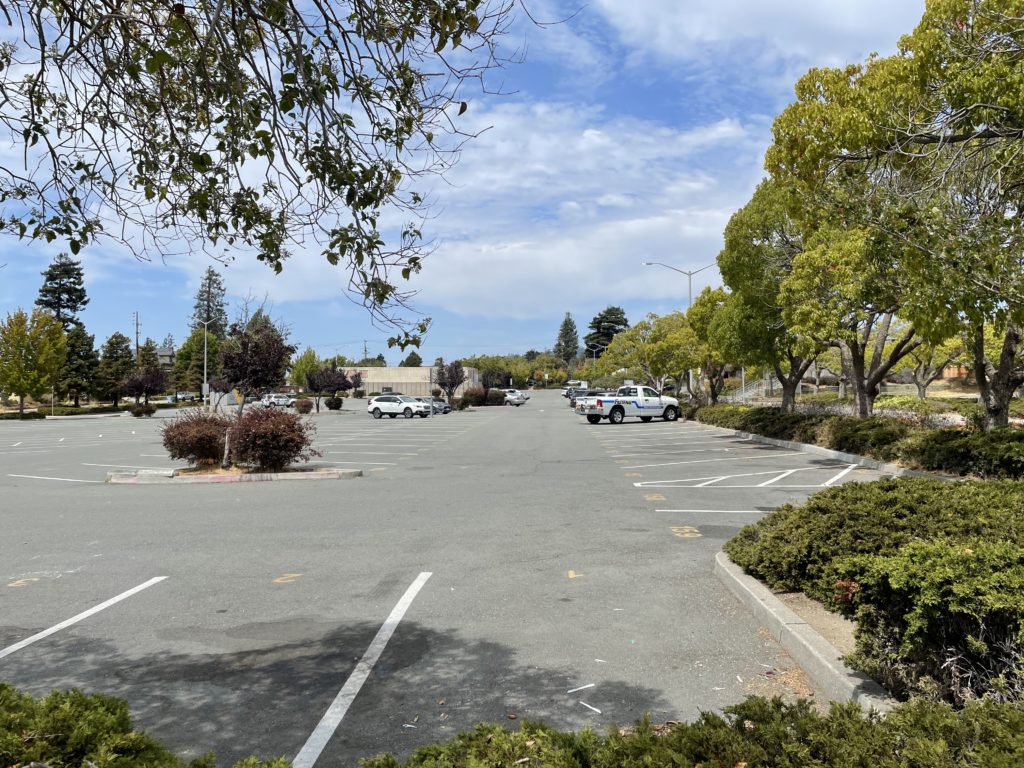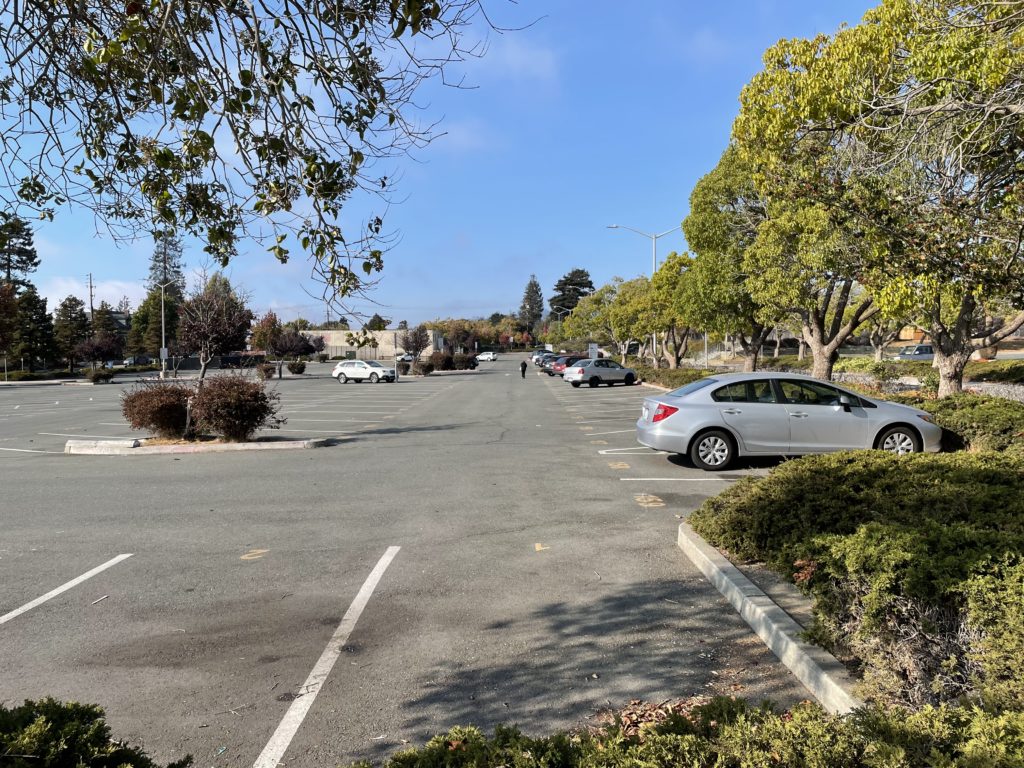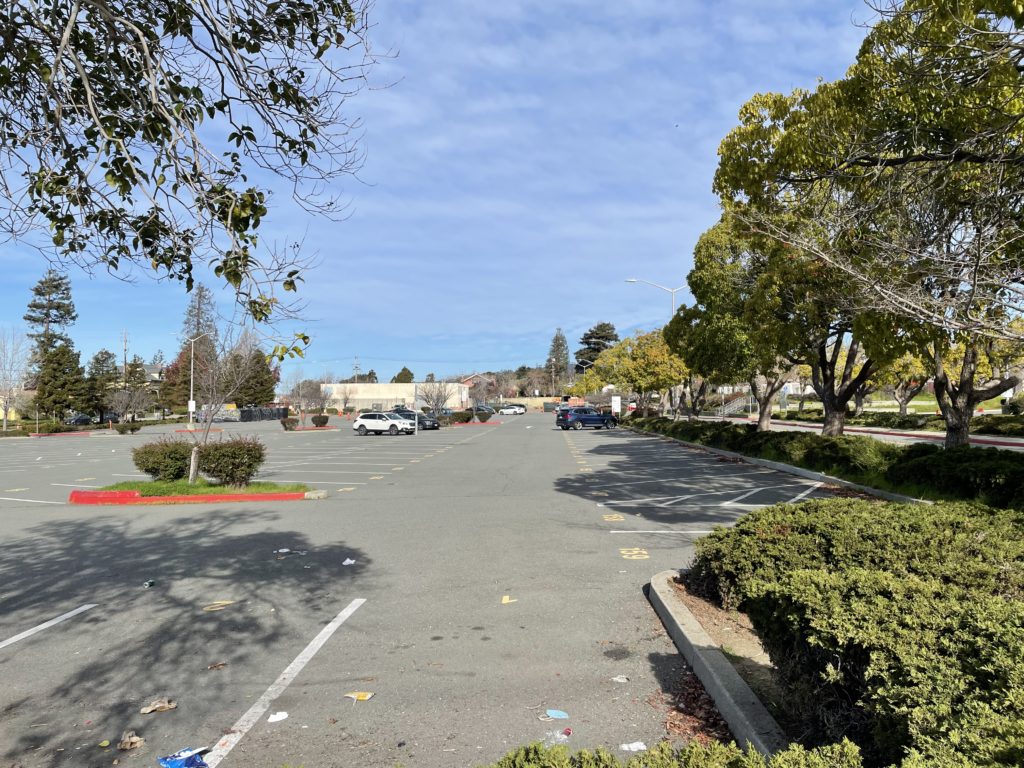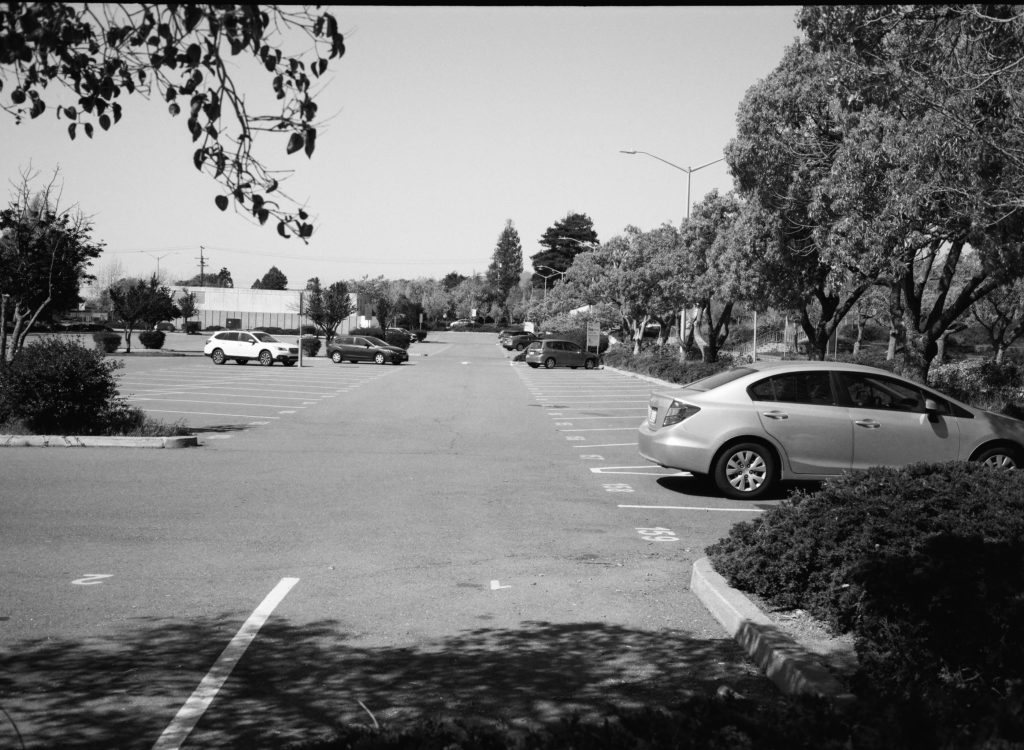
Up through the second week of March 2020, I was a regular BART commuter. That week, it turned out, I was traveling back and forth to downtown Oakland instead of to my office in San Francisco. Instead of covering the news, I was serving on a jury to hear a case involving alleged criminal threats. (Two neighbors had had a falling out over a cat that had gotten into a car; unpleasantness ensued, harsh words were exchanged, and the police were called; twelve of us were charged with determining whether laws had been broken; we decided none had. I also remember that the judge in the case admonished us to wash our hands every time the trial had a break.)
On March 16, with the trial done, nearly all Bay Area counties issued a stay-at-home order in response to the pandemic. Thus ended my routine commute and those of hundreds of thousands of other office types in the Bay Area who had the option of working at home. What happened to public transit at that point is a well-known story. Here in the Bay Area, ridership for most operators plunged to previously unimaginably low levels. Within a month, BART’s patronage was down 94 percent — I’ve kept my own daily spreadsheet — and the agency was forced to end late-evening service for more than a year.
Ridership has returned slowly and unevenly. BART’s recorded its highest weekday pandemic-era patronage a couple weeks before Christmas — 33 percent of its pre-pandemic level on December 12. The two downtown San Francisco stations that used to be the system’s busiest, Embarcadero and Montgomery, are still below 20 percent of their former traffic. North Berkeley, a couple of blocks from our house, is scraping along at just over one-fifth of its old passenger level.
The week the shelter-at-home started in 2019, I strolled over to North Berkeley to see how dramatic the change in the station — did it look completely deserted? — had been. It was pretty lonely looking. The parking lots, which on a typical weekday would be completely filled from 8 a.m. or so until the afternoon rush hour was well under way, were virtually empty. Periodically since then I’ve gone back to take pictures. At some point, I started taking shots looking down the same row of parking spots in the station’s southwest parking lot. I figured that over time I’d get a portrait of a return to BART normalcy as commuters filled the lots again. I’ve gotten a portrait, all right, but one that shows how far from the old state of things we still are.
With all that as preamble, here’s a series of shots of the lot, starting with one that I took exactly two years before the pandemic stay-at-home orders were issued. It is enough to make me wonder whether that old “normal,” which we had no reason to think would change so abruptly, will ever return. (Not to mention that this parking lot is likely to be developed as housing — dense, apartment-style housing — sometime in the next decade.)
